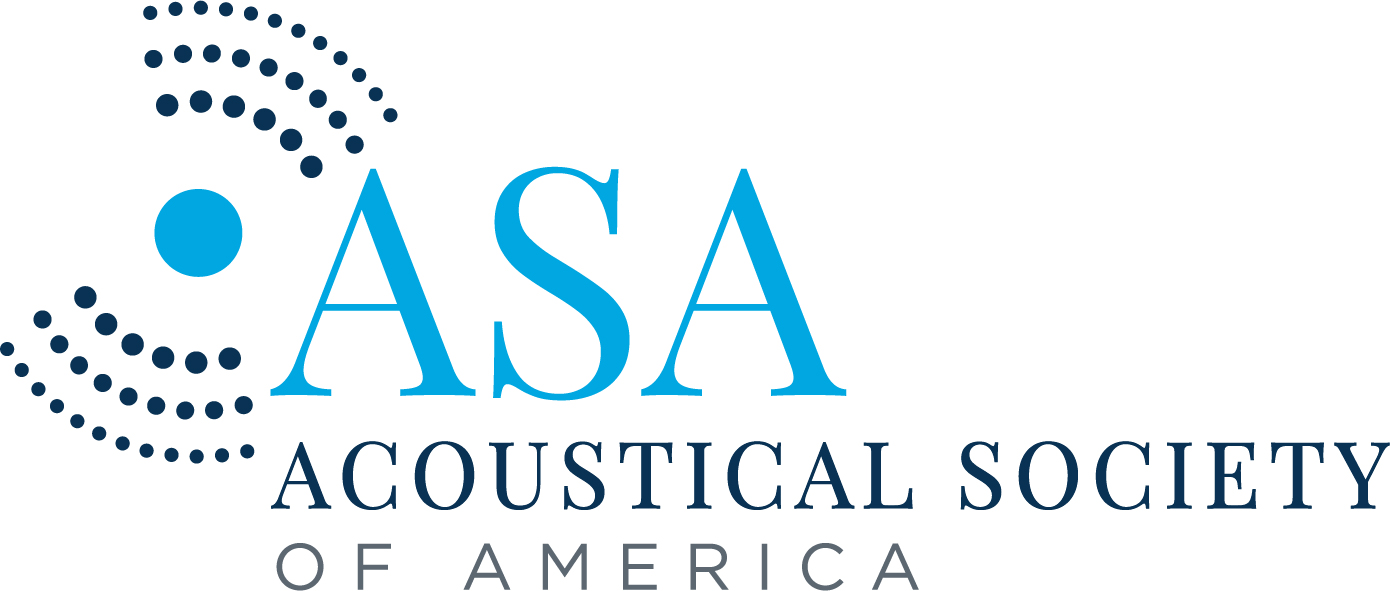Acoustics Research that Makes a Splash
As summer heats up in the northern hemisphere, many of us will head to the nearest body of water to cool off. While you relax on the beach (or by the community pool), why not read some fun research about sound and water?
One game children will play at the pool is to try to listen to another person talking while both the speaker and listener are underwater. Kids who attempt this game will quickly realize that things sound different underwater. The cause is not only the fact sound propagates differently in water than it does in air, but that the human hearing system functions differently underwater as well. Brandon M. Casper and Matthew A. Babina’s Acoustics Today article, “Human Hearing in the Underwater Environment,” gives an overview of what researchers have learned about how we hear underwater. (Be sure to check out the image that was featured on the cover of that issue, which shows a person submerged in a tank of water during an early experiment of human underwater hearing.)
In fact, some researchers have actually gone a step further from previous research regarding human underwater hearing by considering how underwater soundscapes can be used as a means of artistic expression. The Proceedings of Meetings on Acoustics article “Floors of Heaven: A case study of an underwater acoustic soundscape for recreational purposes” shares an underwater music piece that was installed in a swimming pool and discusses how soundscapes can be delivered in underwater environments. Who knows? Maybe in a few years, we’ll all be listening to concerts under the sea!
Finally, for those who enjoy spending their summer days scuba diving, some exciting new research was presented at the recent ASA meeting in Ottawa and was written up in the lay language paper, “Listening for bubbles to make scuba diving safer.” The paper reports on an ultrasound device that can help divers avoid decompression sickness, which occurs when divers ascend deep water.
Of course, there’s a whole Technical Committee in the ASA dedicated to Underwater Acoustics, so if you’d like to read more on how sound propagates through water, you’ll find plenty! (May we suggest starting with the AT Collection on Underwater Acoustics?)



